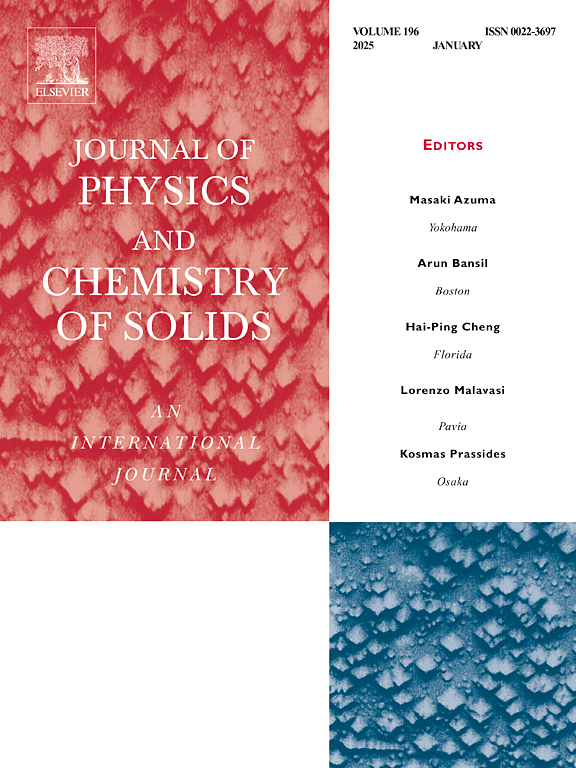Cost-effective pure and Fe-doped amorphous and composite Ni–P alloys as efficient electrocatalysts for alkaline oxygen evolution reaction
IF 4.3
3区 材料科学
Q2 CHEMISTRY, MULTIDISCIPLINARY
引用次数: 0
Abstract
Amorphous and nanocrystalline Ni–P alloys are suitable for different applications in various fields of modern technology, including the catalytic ones. In this work, several amorphous/nanocrystalline Ni–P and Ni–Fe–P alloys were prepared in powder form by simple chemical reduction method, using different reactants ratios, and studied in terms of electrocatalytic activity for oxygen evolution reaction (OER) in alkaline environment (0.1 M KOH). The prepared samples were thoroughly characterized regarding their microstructural properties and electrochemical behavior. Their OER performance considerably outperformed that of pure Ni (fcc) powder, and was strongly influenced by their composition and microstructure. Due to its specific electronic structure, mostly amorphous Fe-containing Ni–P-based alloy demonstrated OER activity superior to all other samples, according to low Tafel slope of 72 mV dec−1 and overpotential at 10 mA cm−2 of 0.35 V, and relatively good durability. Quantum chemical calculations additionally confirmed the beneficial effect of Fe addition on the OER performance of Ni–P materials. The findings arising from this study contribute to further development of cost-effective, efficient and durable non-noble metal-based electrocatalysts for OER, with a view to future progress in the field of clean energy.

具有成本效益的纯、掺铁非晶和复合 Ni-P 合金作为碱性氧进化反应的高效电催化剂
本文章由计算机程序翻译,如有差异,请以英文原文为准。
求助全文
约1分钟内获得全文
求助全文
来源期刊
CiteScore
7.80
自引率
2.50%
发文量
605
审稿时长
40 days
期刊介绍:
The Journal of Physics and Chemistry of Solids is a well-established international medium for publication of archival research in condensed matter and materials sciences. Areas of interest broadly include experimental and theoretical research on electronic, magnetic, spectroscopic and structural properties as well as the statistical mechanics and thermodynamics of materials. The focus is on gaining physical and chemical insight into the properties and potential applications of condensed matter systems.
Within the broad scope of the journal, beyond regular contributions, the editors have identified submissions in the following areas of physics and chemistry of solids to be of special current interest to the journal:
Low-dimensional systems
Exotic states of quantum electron matter including topological phases
Energy conversion and storage
Interfaces, nanoparticles and catalysts.

 求助内容:
求助内容: 应助结果提醒方式:
应助结果提醒方式:


